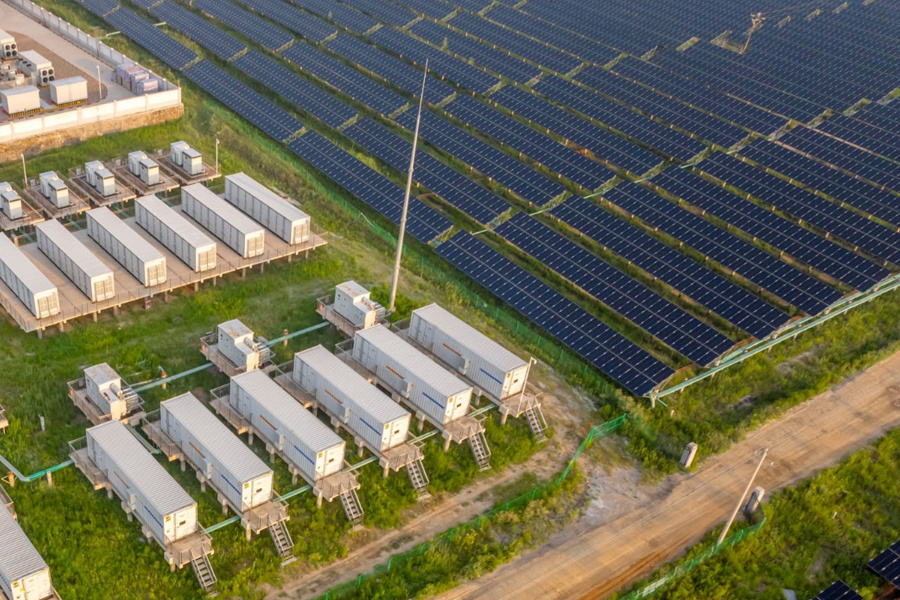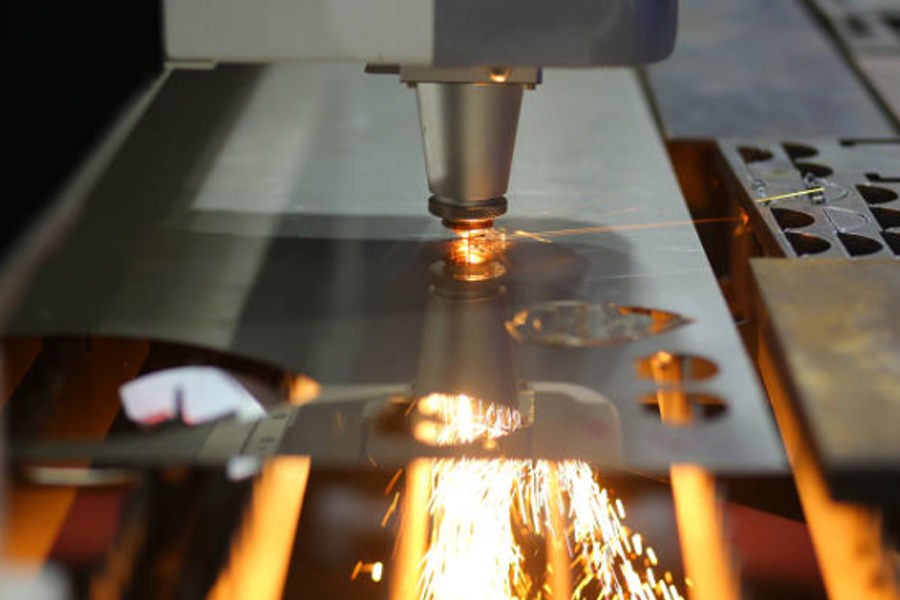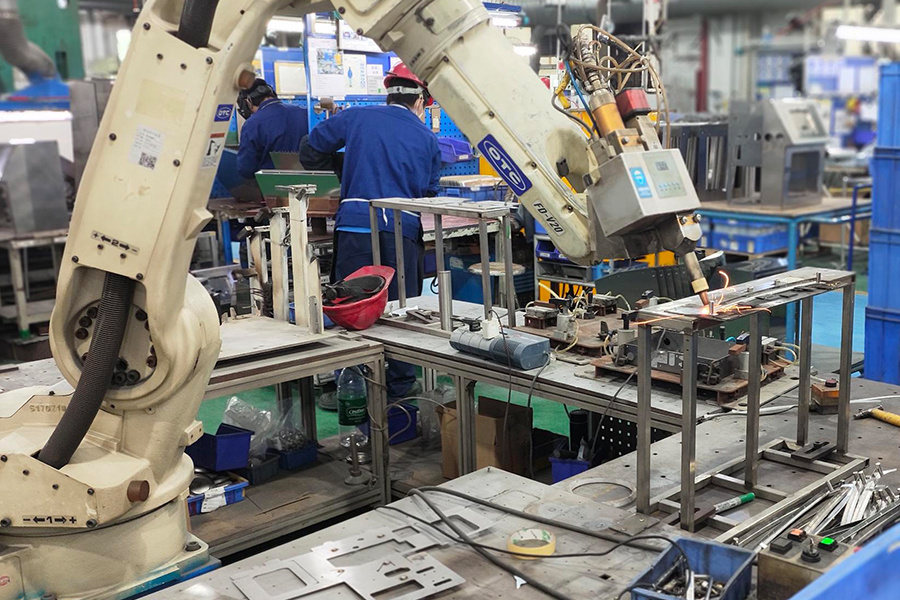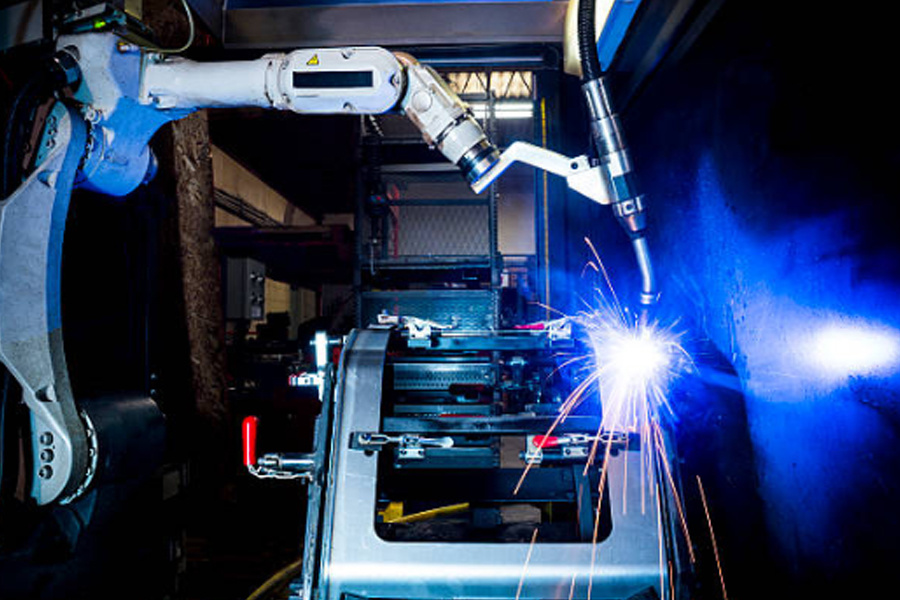Solar Storage Systems: Metal Fabrication & Technical Value
Release time:
2025-05-02
This article mainly discusses the sheet metal processing technology in photovoltaic energy storage systems, including the wind-resistant design of photovoltaic brackets, the sealing process of energy storage battery boxes, and the functional application of precision sheet metal in junction boxes and control cabinets. Among them, the focus is on the priority use of hot-dip galvanized steel in coastal areas and the anti-corrosion ability of aluminum alloy profiles in inland areas.
In the "photovoltaic + energy storage" integrated solution, sheet metal processing technology runs through the entire chain of equipment support, protection and function realization. From the wind-resistant design of photovoltaic brackets to the sealing process of energy storage battery boxes, sheet metal components with high precision and high reliability ensure the stable operation of the system in complex environments. This article will focus on the core sheet metal application scenarios of photovoltaic energy storage systems and analyze its process key points and technical advantages.
Key scenarios of sheet metal processing in photovoltaic energy storage systems
Photovoltaic brackets: from structural design to processing realization
As the support carrier of solar panels, photovoltaic brackets need to achieve wind and earthquake resistance through sheet metal processing. The mainstream "triangular truss" bracket uses C-shaped steel or Z-shaped steel formed by CNC bending, and is connected by bolts to form a stable structure. Key points of processing include:
● Material selection: Hot-dip galvanized steel (coating thickness ≥85μm) is preferred in coastal areas, and aluminum alloy profiles (density is only 1/3 of steel, strong corrosion resistance) can be used in inland windy and sandy areas;
● Mechanical calculation: ANSYS software is used to simulate the deformation of the bracket under a level 12 typhoon (wind speed ≥51m/s) to ensure that the deflection deformation of the main support beam is ≤L/200 (L is the beam length);
● Surface treatment: Electrostatic powder spraying (coating thickness 100-150μm) is used, and the weather resistance test is more than 5000 hours, which is 3 times longer than the traditional painting process.

Energy storage battery box: a double test of protection and heat dissipation
Energy storage batteries are extremely sensitive to environmental temperature and humidity. Sheet metal processing needs to achieve a balance between "sealing" and "heat dissipation" in the box design:
● Sealing structure: The box adopts "bending molding + full welding process", with silicone rubber sealing strips and stainless steel locks, the protection level reaches IP65 (water spray proof), and some high-end products can reach IP67 (short-term immersion in water);
● Heat dissipation design: Through the "shutter-type" heat dissipation holes (opening rate controlled at 20%-30%) formed by sheet metal stamping, combined with the internal guide plate, the temperature difference of the battery pack is controlled within ±5℃. The actual measurement of a project shows that the optimized sheet metal heat dissipation structure can reduce the battery attenuation rate from an average of 3% per year to 1.8%.
Combiner box and control cabinet: functional application of precision sheet metal
The combiner box is the current convergence center of the photovoltaic system, and its sheet metal shell must meet the following requirements:
● Electromagnetic shielding: cold-rolled steel plates with a thickness of ≥2mm are used to form a 360° shielding structure through a continuous folding process, and conductive pads are used to make the electromagnetic radiation leakage value ≤30dB (1GHz frequency band);
● Modular installation: The internal sheet metal bracket adopts a "U-shaped guide rail + buckle" design, which supports the replacement of electrical components within 10 minutes, which is 5 times more efficient than the traditional screw fixing method.

The core value of sheet metal processing to photovoltaic energy storage systems
Improve system reliability and lifespan
● Through high-precision processed sheet metal parts, the key performance of photovoltaic energy storage systems is guaranteed:
1. The wind and earthquake resistance design of the bracket reduces the failure rate of photovoltaic panels in extreme weather by 70%;
2. The sealing process of the battery box controls the internal humidity below 20% RH to avoid the risk of battery short circuit;
3. The electromagnetic shielding structure of the control cabinet reduces the impact of harmonic interference on the control system and improves data collection accuracy.
● Assist modular design and rapid deployment
The standardized characteristics of sheet metal processing enable the various components of the photovoltaic energy storage system to achieve "factory prefabrication + on-site assembly":
1. The various rods of the photovoltaic bracket are quickly spliced through prefabricated holes, and a single person can install 20-30kW capacity per day;
2. The energy storage battery box adopts a "upper and lower split" sheet metal structure, and the battery module can be hoisted and replaced from the top, which improves the operation and maintenance efficiency by 60%.
● Taking into account both cost control and customized needs
The flexible production capacity of sheet metal processing can meet the differentiated needs of different projects:
1. For centralized photovoltaic power stations, the cost of brackets can be reduced through batch stamping dies;
2. For distributed energy storage projects, non-standard size boxes can be quickly customized to adapt to special installation scenarios such as roofs and balconies.
Sheet metal processing lays a solid foundation for photovoltaic energy storage systems
Driven by the "dual carbon" goal, photovoltaic energy storage systems are moving from "alternative energy" to "main energy", and sheet metal processing technology, as the core support of its physical carrier, is constantly breaking through performance boundaries through process innovation. From the wind-resistant design of the bracket to the intelligent heat dissipation of the battery box, every sheet metal detail is protecting the safe and efficient operation of the system. For photovoltaic energy storage companies, paying attention to the technical investment in sheet metal processing is not only the key to improving product competitiveness, but also an important guarantee for promoting the large-scale development of the new energy industry. With the deepening of the industry's demand for lightweight and intelligent, the integration of sheet metal processing and new energy technologies will give rise to more innovative applications and lay a solid foundation for the future of green energy.
Frequently Asked Questions about Sheet Metal Processing of Photovoltaic Energy Storage Systems
Q1: How to deal with corrosion problems in outdoor high humidity environments?
A1: The combined process of "galvanized sheet + fluorocarbon spraying" is preferred, and the salt spray test meets the standard for more than 1500 hours. At the same time, a diversion hole (diameter 5-8mm) is designed at the bottom of the box to avoid condensation water accumulation.
Q2: Will lightweight design affect the strength of the bracket?
A2: By optimizing the cross-sectional shape of sheet metal parts (such as using "I"-shaped or "Ω"-shaped cross-sections), the weight is reduced while maintaining strength. For example, an aluminum alloy bracket is 60% lighter than a steel bracket, but its wind resistance still meets the 14-level typhoon standard.
Q3: What impact does sheet metal processing error have on system installation?
A3: The error of key dimensions must be controlled within ±0.5mm (such as the spacing between bracket mounting holes), otherwise it may cause the photovoltaic panel to be unable to align or the bolts to be unable to tighten. It is recommended to use a three-coordinate measuring instrument for the first piece full inspection.
Key Words







